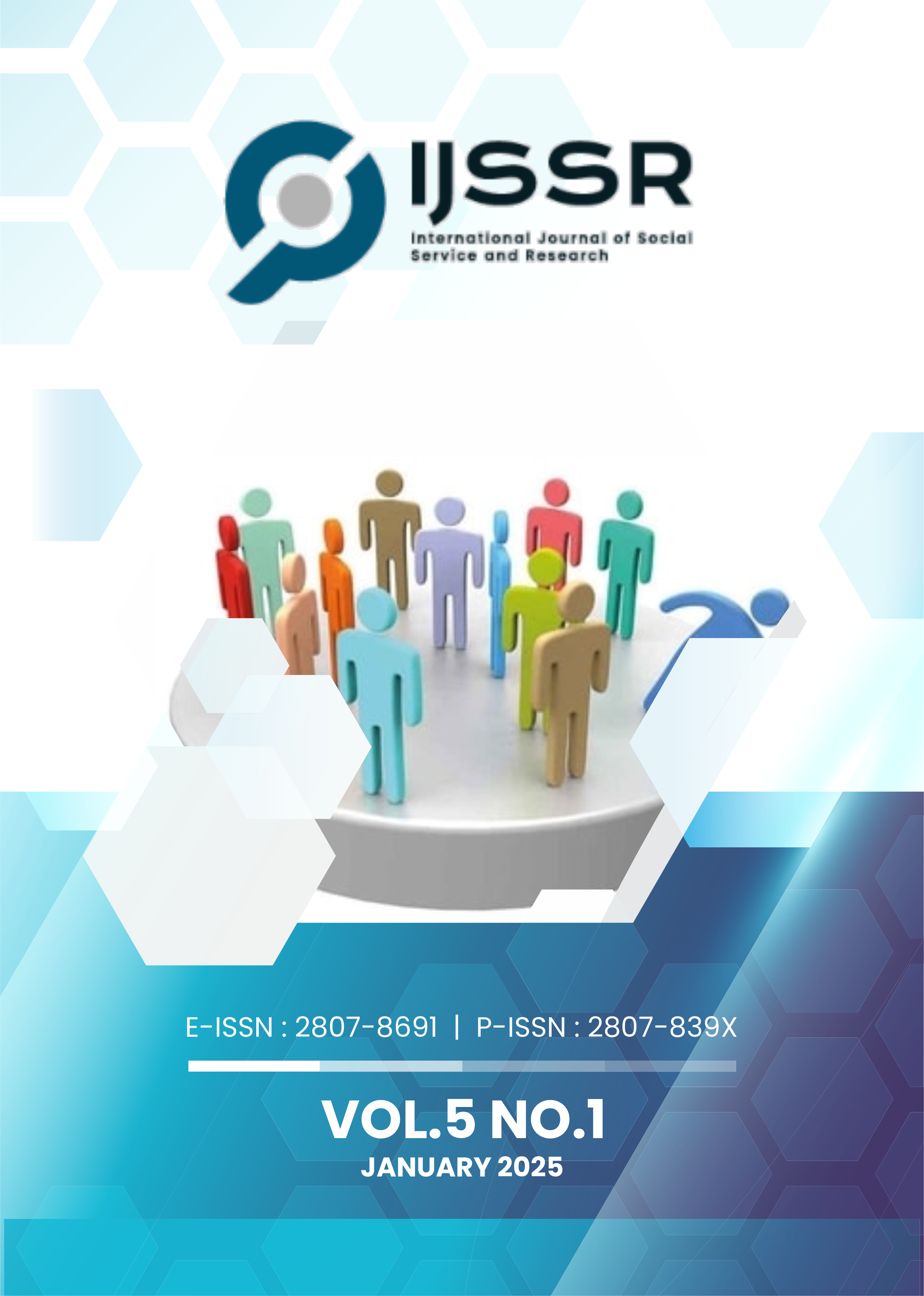AN EXPLICATION OF HOW WEBSITE DESIGN ACTUALLY SHAPES ONLINE CUSTOMER LOYALTY: INCORPORATING SEM AND PERSON-ITEMS MAP ANALYSIS
DOI:
https://doi.org/10.46799/ijssr.v5i1.1190Keywords:
human-computer interaction, internet of things, person-items map, website design, structural equation modellingAbstract
This article aims to provide a clear picture of how website/application design equates websites with applications, hereinafter referred to as websites, influences the formation of electronic loyalty (eLoy) through electronic trust (eTrust) and electronic satisfaction (eSat), by providing empirical evidence about the relationship between the demographic aspects of respondents and their choice of response to how the website/app is designed by the company. The research employs a laboratory simulation approach by explicating SEM-based results using the PIM feature within the Rasch model. The verified SEM model demonstrates strong goodness of fit, with six indexes indicating satisfactory results. The findings not only enhance theoretical understanding but also lay the groundwork for future research suggestions, demonstrating the potential for serendipitous discoveries in the evolving landscape of online shopping behavior. Future research should focus on refining the methodology for combining SEM and PIM analysis to further enhance the understanding of online consumer loyalty through website design.
Downloads
Published
Issue
Section
License
Copyright (c) 2025 Hermansyah Andi Wibowo

This work is licensed under a Creative Commons Attribution-ShareAlike 4.0 International License.
Authors who publish with this journal agree to the following terms:
- Authors retain copyright and grant the journal right of first publication with the work simultaneously licensed under a Creative Commons Attribution-ShareAlike 4.0 International. that allows others to share the work with an acknowledgement of the work's authorship and initial publication in this journal.
- Authors are able to enter into separate, additional contractual arrangements for the non-exclusive distribution of the journal's published version of the work (e.g., post it to an institutional repository or publish it in a book), with an acknowledgement of its initial publication in this journal.
- Authors are permitted and encouraged to post their work online (e.g., in institutional repositories or on their website) prior to and during the submission process, as it can lead to productive exchanges, as well as earlier and greater citation of published work.













